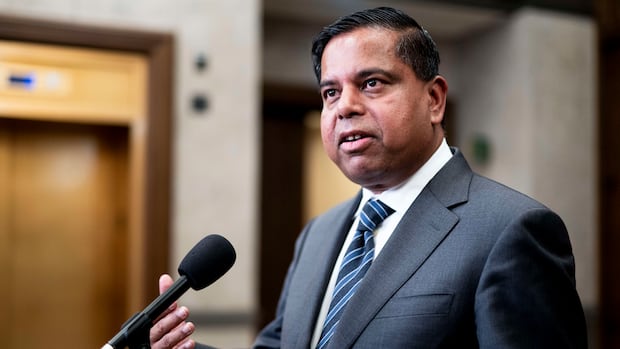The U.S. Congress is being asked to adopt legislation that could lead to greater integration of Canada and the United States in border enforcement — including allowing American officers to operate more freely on Canadian soil.
House of Representatives Resolution No. 5518The resolution, introduced by New York Republican Rep. Nicholas Langworthy, calls on U.S. Homeland Security Secretary Kristi Noem to “negotiate or modify existing agreements with the Government of Canada, as appropriate, for integrated cross-border air, sea and land law enforcement operations.”
The bill also calls for American officers to serve in Canada, and for Canadian officers to serve in the United States, “for the purpose of enhancing border security or law enforcement cooperation or operations, including for the purposes of conducting operations in the land, air and maritime domain.”
The text does not clarify whether this might allow American officers to work in Canada without the accompaniment of a Canadian official. Langworthy’s office has not yet granted the congressman an interview nor did he answer questions sent by CBC News last week.
While some American officers currently work at Canadian airports, Langworthy’s bill could see their ability to work in Canada significantly increased.
Langworthy’s bill is co-sponsored by 13 Republican members of the House of Representatives, including New York State Representative Elise Stefanik, who is part of the congressional leadership and is considered a close ally of US President Donald Trump.
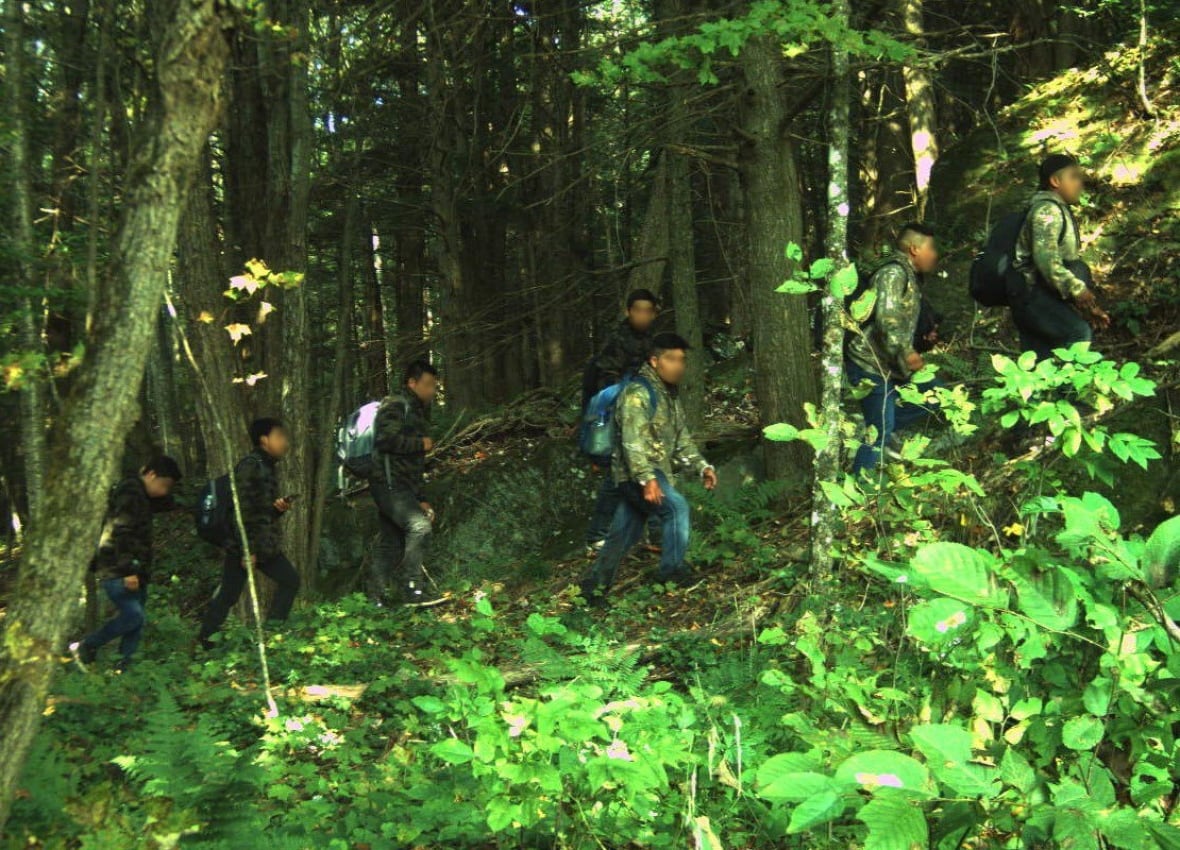
In a press release accompanying her September 19 filing, Stefanik praised Langworthy’s bill, saying it works alongside Trump to “secure the northern border and rid our communities of criminal and illegal aliens.”
Langworthy introduced Bill 5518 on the same day he introduced another, Human Resources 5517which would increase requirements for the Department of Homeland Security to brief congressional committees on threat analysis at the border with Canada.
Both bills have been referred to committees.
In June, Langworthy filed invoice To tighten the rules surrounding the parole of asylum seekers.
“My constituents are tired of the flood of murderers, terrorists, and dangerous individuals pouring into our communities across New York State — all because of the Biden administration’s reckless and failed open border policies,” he wrote in a statement at the time.
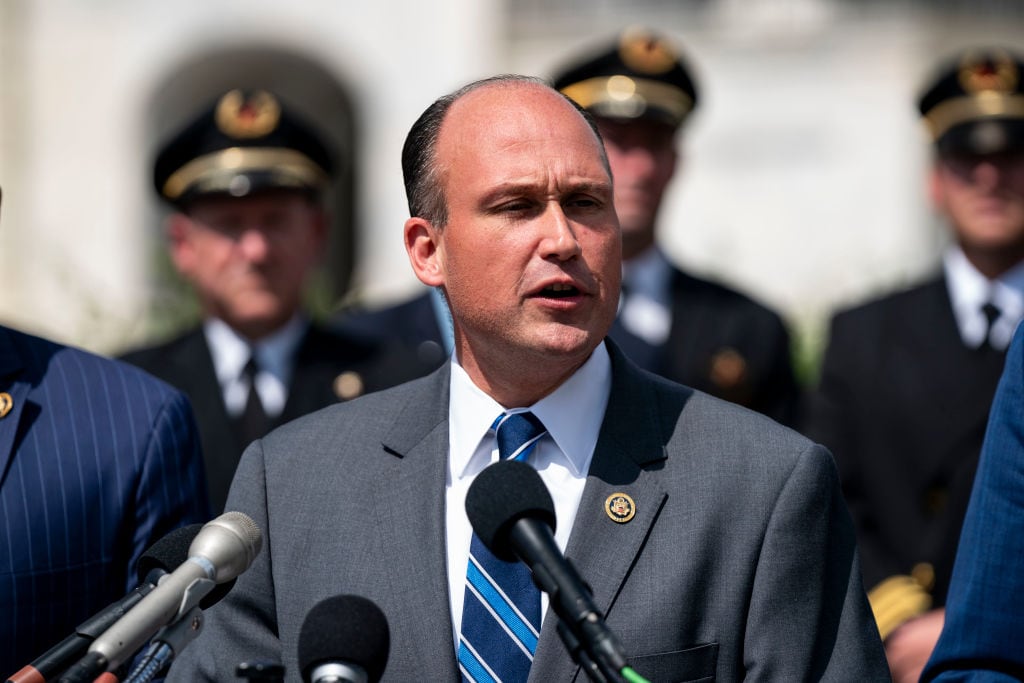
Public Safety Minister Gary Anandasangari’s office declined to comment on Langworthy’s bill, which calls for greater integration.
“These are legislative proposals that have not yet become law,” responded David Taylor, communications director at Anandasangari. “We will wait for Congress to consider it before commenting.”
DHS has not yet responded to CBC News’ questions about whether Noem supports Langworthy’s bill.
It was filed two days after FBI Director Kash Patel told a House committee that there was a “sharp increase in known or suspected terrorists” coming to the United States from Canada. He pledged to “create and allocate more resources to this.”
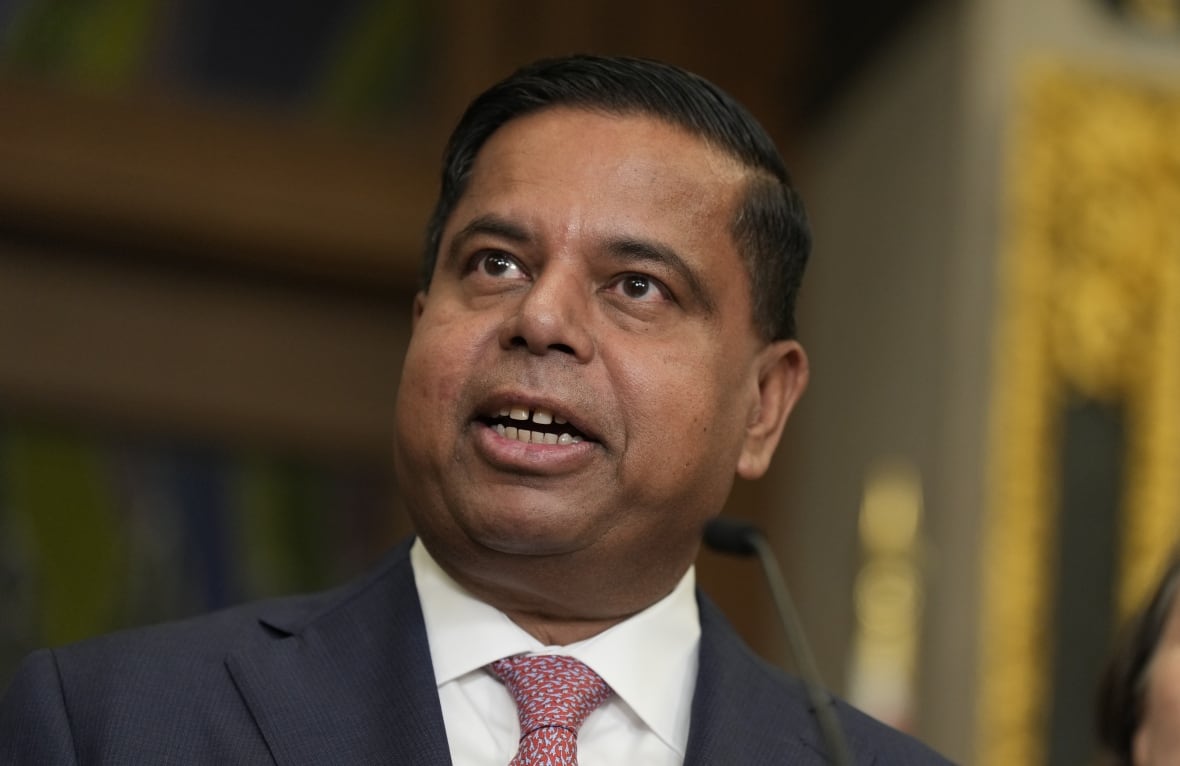
However, on Tuesday, during his meeting with Prime Minister Mark Carney, Trump praised the progress made in border control.
Langworthy’s bill comes at a time when cooperation between Canadian and American border officials has been steadily increasing over the years. Some U.S. officers are already stationed in Canada, conducting pre-clearance at eight Canadian airports and pre-screening sites at Victoria Harbour, Central Pacific Terminal and the Canada Cruise Ship Terminal.
US pre-clearance allows Canadian travelers to clear US customs while in Canada, saving them time when they land in the US.
While numbers fluctuate, Public Safety Canada estimates that between 350 and 400 officers are currently stationed in Canada.
“They live here with their families, they go to our schools and they are part of our local community,” Shannon Grainger, senior deputy assistant secretary of public safety, told the House of Commons Public Safety Committee.
“This is just one example of the kind of integration we have with our American counterparts.”
Canada Border Services Agency (CBSA) employees do not perform pre-clearance in the United States
Greater integration is already underway
A Pilot project Announced in January at the Coffee Hill/Cannon Corners border crossing between Quebec and New York, it will include Canadian officers stationed on the U.S. side of the border, screening passengers and goods destined for Canada. The launch date has not yet been determined.
In a press release about Langworthy’s bills, he and Stefanik praised the success of the Shiprider program in which U.S. Coast Guard officers and RCMP officers work on the same boat to patrol the waterways between the two countries.
At a recent Public Safety Committee hearing, senior officials from the Canada Border Services Agency, Public Safety and the Royal Canadian Mounted Police praised their close working arrangements with US officials, including plans to launch a “joint strike force in North America to target organized crime and trafficking in precursor chemicals and illicit substances.”
The combined force includes law enforcement, border security and intelligence along with “new resources and front-line staff, as well as technical operations capabilities and infrastructure,” RCMP executive director Sean McGillis told the committee.
Public Safety Minister Gary Anandasangari said Wednesday that the Liberal government has introduced a second border security bill that contains several measures from Bill C-2 introduced in June. The government will continue to pursue the passage of the first bill, which includes controversial new powers to inspect mail and access personal information.
Langworthy’s bill is consistent with the steady move toward greater integration at the border since Sept. 11, said Dennis Vennett, former deputy chief of the Canada Border Services Agency.
“We’ve seen it before, and it has tended to materialize in new announcements and new cooperation and renewed engagement, if you will, between Canadian and U.S. border enforcement agencies.”
While law enforcement officers on both sides of the border currently cooperate with each other, each operates in their own country under its own laws, Venit said.
He said Langworthy might see an “opportunity” for law enforcement in one country to “have the same protection and immunity” as the local agency.
Venit said many details will have to be worked out, including what law enforcement tools, such as firearms, US officers will be allowed to carry in Canada.

Kelly Sundberg, a former CBSA officer who now teaches at Mount Royal University, welcomed Langworthy’s bill, calling it a “positive step forward” — especially when it comes to tackling drugs, weapons and people smuggling.
“Ultimately, this will save lives,” he said.
Sandberg said Canada is unlikely to agree to American officers working without Canadian colleagues.
“I’m not worried about that. I don’t think either country wants to get involved in an international incident or question sovereignty,” he said.
Sandberg also welcomed the provision in the bill that would require the United States to pay compensation for damages or damage “due to any wrongdoing or negligence on the part of one of its officers” on Canadian soil.
“That’s a good thing because it means they realize they have a liability if they work here and some of that liability may be a claim payment,” he said.
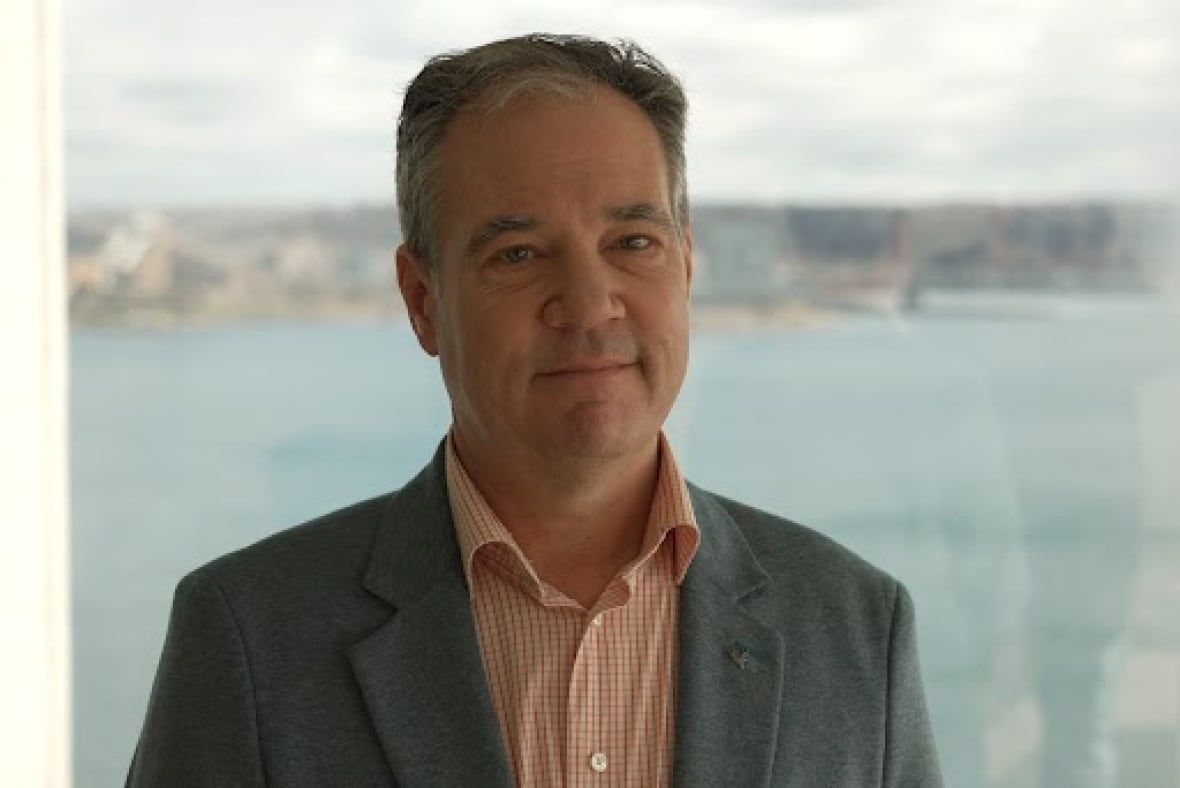
Langworthy’s bill is consistent with greater integration over time, but it will be interesting to see how it is received on the Canadian side, said David Fraser, a lawyer with McInnes Cooper who specializes in privacy and cross-border law.
He said that a number of questions will have to be negotiated, such as whether an American officer who arrests someone on Canadian soil will be able to apply American law, and whether he will be obligated to hand over the suspect to the Canadian authorities.
“It has to start from the premise that Canada has absolute sovereignty over its territory,” Fraser said. “The United States, like any nation, has absolute sovereignty over its territory. Anything where those two conflict, overlap, or may conflict must be done through a clear and accountable agreement.”
https://i.cbc.ca/ais/c4f516e2-63a3-44c6-8455-8df7f9104304,1759954074019/full/max/0/default.jpg?im=Crop%2Crect%3D%280%2C87%2C1180%2C663%29%3BResize%3D620
Source link
